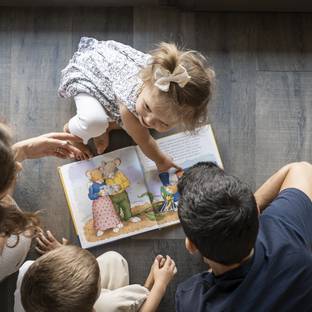Mines Underground adventures
Mines in South Tyrol that go deep underground and under the skin
For a long time, South Tyrol was in gold-digging mood, because South Tyrol’s mountains are true treasure troves. Silver, zinc, copper, lead –the mines in South Tyrol were used to extract the valuable raw materials for centuries. Today, the abandoned mines in South Tyrol and extensive mining areas in the high mountains remind us of this history. The history of mine owners who attained immeasurable wealth and the history of thousands of miners who worked day and night under the most difficult conditions. Go underground on a family holiday in South Tyrol and experience exciting adventures in the mines of South Tyrol that you will remember for a long time.
read more
![[Translate to Englisch:] [Translate to Englisch:]](/fileadmin/_processed_/0/b/csm_Comfort_e9626feb17.jpg)










